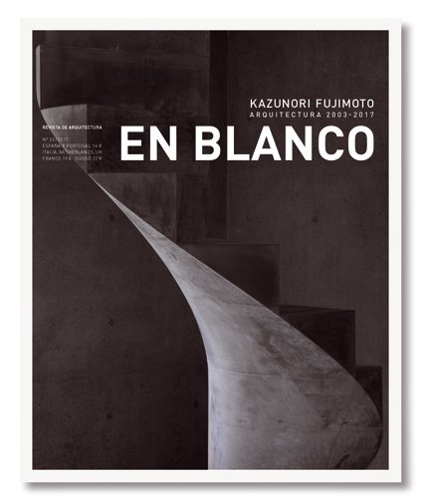
En Blanco: Kazunori Fujimoto
(Paperback, Bilingual edition)
Publishing Details
En Blanco: Kazunori Fujimoto
By (Author) Kazunori Fujimoto
Oro Editions
Oro Editions
29th May 2018
Bilingual edition
United States
Classifications
General
Non Fiction
Individual architects and architectural firms
Physical Properties
Paperback
132
Width 228mm, Height 279mm
Description
The space is the protagonist of the architecture of Kazunori Fujimoto. In term of its essence, the space is rooted in intensity and deep Japanese spirituality that so fascinates Western architects and influences their architecture. The materiality simply shapes the inside space and its relationship with the outside. Western countries are fascinated with Japanese culture as an entity that remains enigmatic and not fully understood in its complexity. Despite the globalizing forces that have been underway for centuries, the parallel paths that Western and Japanese cultures have taken still remain distinct. This culture distance is due to the long periods of isolation of Japan that lasted until the mid-nineteenth century, which included the Meiji, the Taish, and the Shwa period. In addition it is also due to the challenges in accurately comprehending modern Japanese art. Japanese architecture possesses a spatial sensibility that is able to intensely define the space through very thin and light elements, sometimes semi-transparent. The same sensibility is can also be found when other kinds of materials are used, like heavy materials that belong also to the Western tradition. In Japanese architecture, especially in the case of Kazunori Fujimotos architecture, it is possible to find this lightness through the use of reinforced concrete, shaped as if it were paper. The process of dissolution of architecture, that uses voids as a holy place and builds a garden instead of the emperors palace, is typical of Japanese culture. It consists in the composition of elements working on the spirituality of the invisible.
Bilingual edition: Spanish & English
Author Bio
Kazunori Fujimoto was born in 1967 in Yamaguchi, Japan. He graduated from Waseda University in 1991 and later worked at Tadao Ando Architect & Associates, as well NASCA. In 1998 he established his firm Kazunori Fujimoto Architects.
